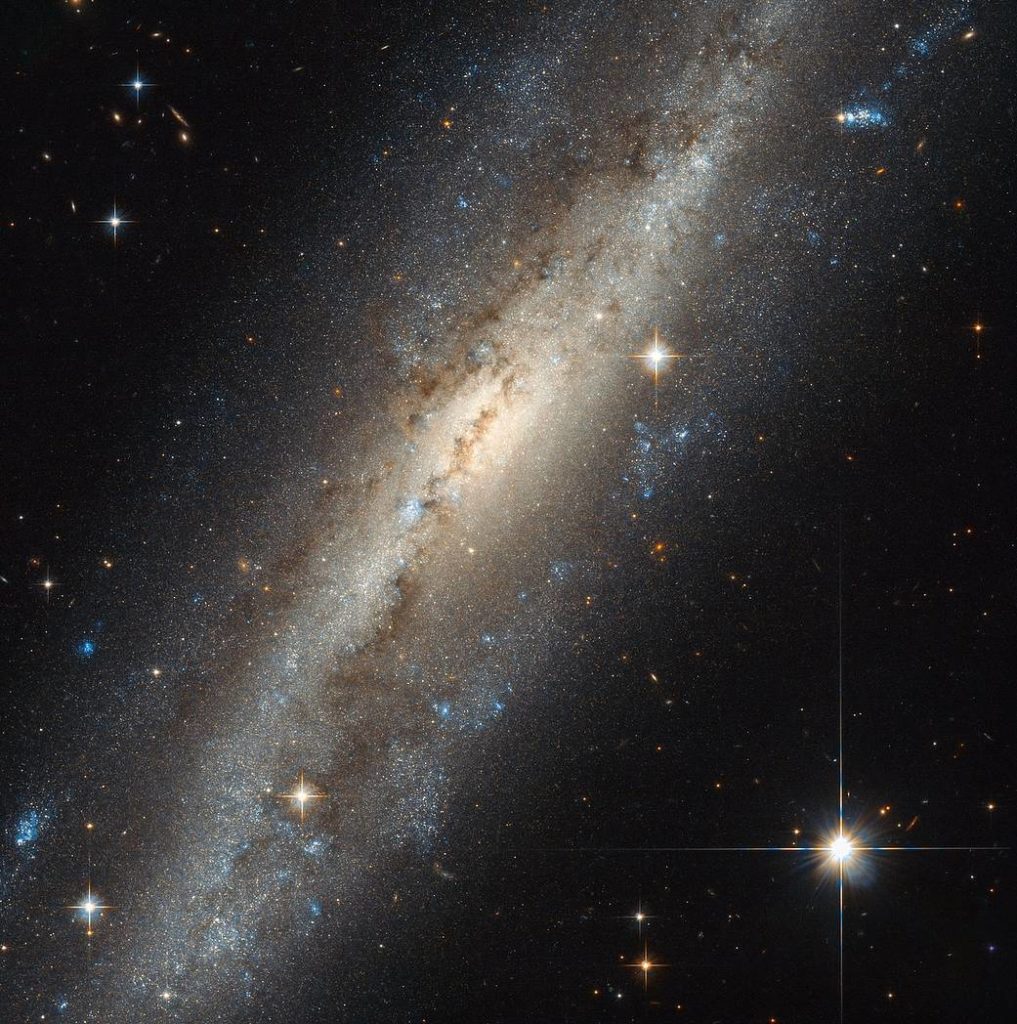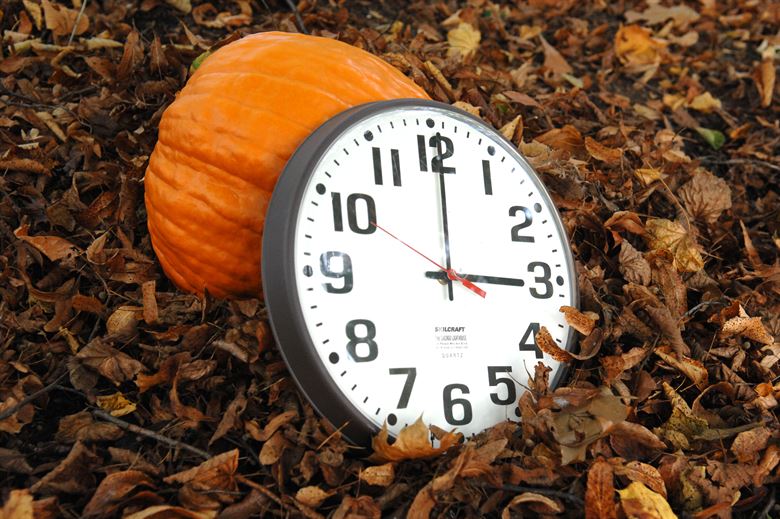
Jupiter remains in the evening sky. Look low in the southwest at dusk for the brightest thing there.
Saturn is also in the evening sky. Although it is not as bright as Jupiter, you can find it easily at some distance to the left of Jupiter.

Venus gradually re-emerges into the evening sky this month. It sets in deep twilight on October 1, but by Halloween you should notice it setting low in the southwest towards the end of twilight. You do need a horizon clear of trees or buildings to see Venus, though.
Mars gradually emerges into the morning sky this month. Look low in the east at dawn, beginning mid-month. As with Venus, Mars is higher in the morning sky as the month ends.

Autumn represents sort of an ‘intermission’ in the sky, with bright summer stars setting at dusk, while bright winter patterns such as Orion have not yet risen. The ‘teapot’ of Sagittarius sets in the southwest early in the evening. The Summer Triangle is high in the west. Meanwhile, the Great Square of Pegasus is in the east, indicating that autumn has begun. The stars rising in the east are much dimmer than those overhead and in the southwest because when you face east at dusk in October, you face out of the Milky Way plane. The center of our Galaxy lies between Scorpius and Sagittarius, while the Summer Triangle is also in the galactic plane. Pegasus, on the other hand, is outside the plane of our galaxy and is a good place to look for other galaxies. Nearby constellations Andromeda and Triangulum (a small triangle) contain the spiral galaxies nearest to our own.
Moon Phases in October 2019:
- 1st Quarter Oct. 5, 11:47 a.m.
- Full Oct. 13, 4:08 p.m.
- Last Quarter Oct. 21, 7:39 a.m.
- New Oct. 27, 10:38 p.m.
Our annual Astronomy Day is on Saturday, October 5! Due to ongoing renovations at the George Observatory, this year’s event will occur at the Insperity Observatory in Humble ISD (2505 S. Houston Ave. in Humble). On Astronomy Day we have activities from 3-10 p.m., including free observing through telescopes. Surf to www.astronomyday.net for more information.

Sunday, November 3, is the first Sunday of November. Therefore, Daylight Saving Time ends and we ‘fall back’ to standard time at 2:00 am that morning. (The time goes from 1:59 back to 1:00, such that the 1 a.m. hour happens twice). Don’t forget to set your clocks, and enjoy your extra hour of sleep!

